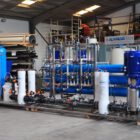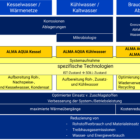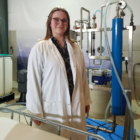The COD (chemical oxygen demand) is an important parameter in water and wastewater treatment and describes the amount of oxygen required for the chemical oxidation of all organic and inorganic compounds in a water sample. The COD thus provides information on the total load of oxidizable substances, especially organic compounds, in a water and is an indicator of the pollution and biodegradability of wastewater.
Table of contents
Technical background
The COD is measured in mg O₂/l (milligrams of oxygen per liter) and describes the amount of oxygen that would theoretically be required for the complete oxidation of all oxidizable substances, both biodegradable and poorly biodegradable. The COD is determined using a chemical process in which a water sample is heated with a strong oxidizing agent, usually potassium dichromate (K₂Cr₂O₇), under acidic conditions. The amount of oxygen consumed during this process is a measure of the COD value.
Relevance of COD in industrial water and wastewater treatment
In industrial wastewater treatment, COD is one of the most important parameters for determining the organic load of wastewater. The COD is often used as a control value to check the efficiency of a wastewater treatment plant and to ensure that the legal requirements for discharge into bodies of water or sewage treatment plants are met.
Industries that have large quantities of organic substances in their wastewater, such as the food and beverage industry, the paper and pulp industry or the chemical industry, are particularly dependent on precise control of COD in order to minimize organic pollution.
Difference to the BSB
The BOD (biochemical oxygen demand) and COD are often confused, but serve different purposes:
- COD: Measures the amount of oxygen required to chemically oxidize all organic and inorganic compounds, regardless of whether they are biodegradable.
- BOD: Measures only the amount of oxygen required by microorganisms for the biological oxidation of organic compounds over a certain period of time, usually 5 days (BOD5).
As the COD includes both biodegradable and poorly degradable substances, the COD value is generally higher than the BOD value.
Application of the COD in practice
Monitoring and reducing COD in industrial wastewater is crucial for companies to ensure compliance with limit values and reduce environmental impact. Here are some typical applications:
- Control of wastewater quality:
- The COD value is used to determine the organic pollution in wastewater streams. It serves as a general indicator of the pollution caused by organic substances and makes it possible to identify sources of pollution.
- Evaluation of the treatment performance:
- COD is measured before and after wastewater treatment in order to assess the effectiveness of the wastewater treatment plant. A high COD reduction indicates effective removal of organic substances.
- Definition of legal limits:
- Many countries have set legal limits for COD when discharging wastewater into bodies of water or wastewater treatment plants. In Germany, the limit value for COD is generally 75 mg/l for direct discharge into surface waters.
Process for COD reduction
The reduction of COD in industrial wastewater is achieved through various wastewater treatment processes aimed at reducing the organic load:
1. biological aerobic processes
- Biological wastewater treatment plants, such as the ALMA BHU Bio, are based on the activated sludge process, in which microorganisms break down the organic compounds and thus reduce the COD. These processes are particularly effective in removing biodegradable organic substances.
2. biological anaerobic processes (biogas from wastewater)
- The use of anaerobic reactors, such as the ALMA BHU GMR, can offer an efficient solution for wastewater with a high COD value. In these reactors, organic compounds are broken down by microorganisms in the absence of oxygen, producing biogas (mainly methane) as a usable energy source. This technology is particularly suitable for highly organically contaminated wastewater from the food industry, dairies or the sugar industry and reduces both COD and operating costs.
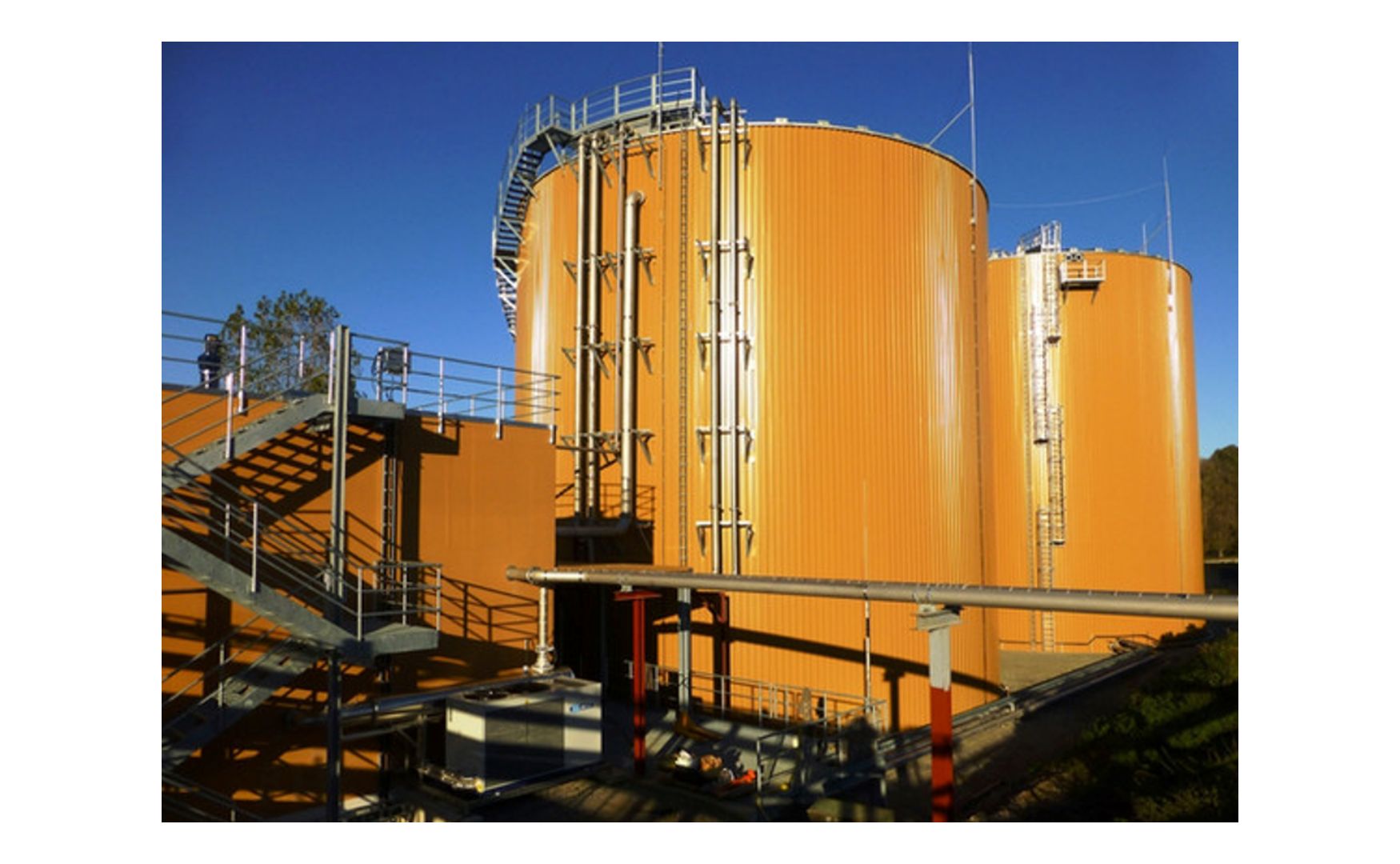
Photo: ALMA BHU GMR biogas plant (anaerobic plant) for the production of biogas from highly contaminated wastewater
2. chemical-physical processes
- Chemical-physical processes such as precipitation, flocculation and oxidation are used for organic compounds that are difficult to break down, as is often the case in the chemical industry or metal processing. CP plants (chemical-physical plants), such as the ALMA CHEM MCWuse precipitants and flocculants to remove poorly degradable compounds and reduce COD.

Photo: CP system ALMA Chem MCW with gravel filtration
3. flotation plants
- In flotation, suspended solids and organic substances are removed from the wastewater by adding air and flocculants. Our ALMA NeoDAF flotation systems reduce COD particularly effectively in wastewater containing high concentrations of lipophilic substances and suspended solids.
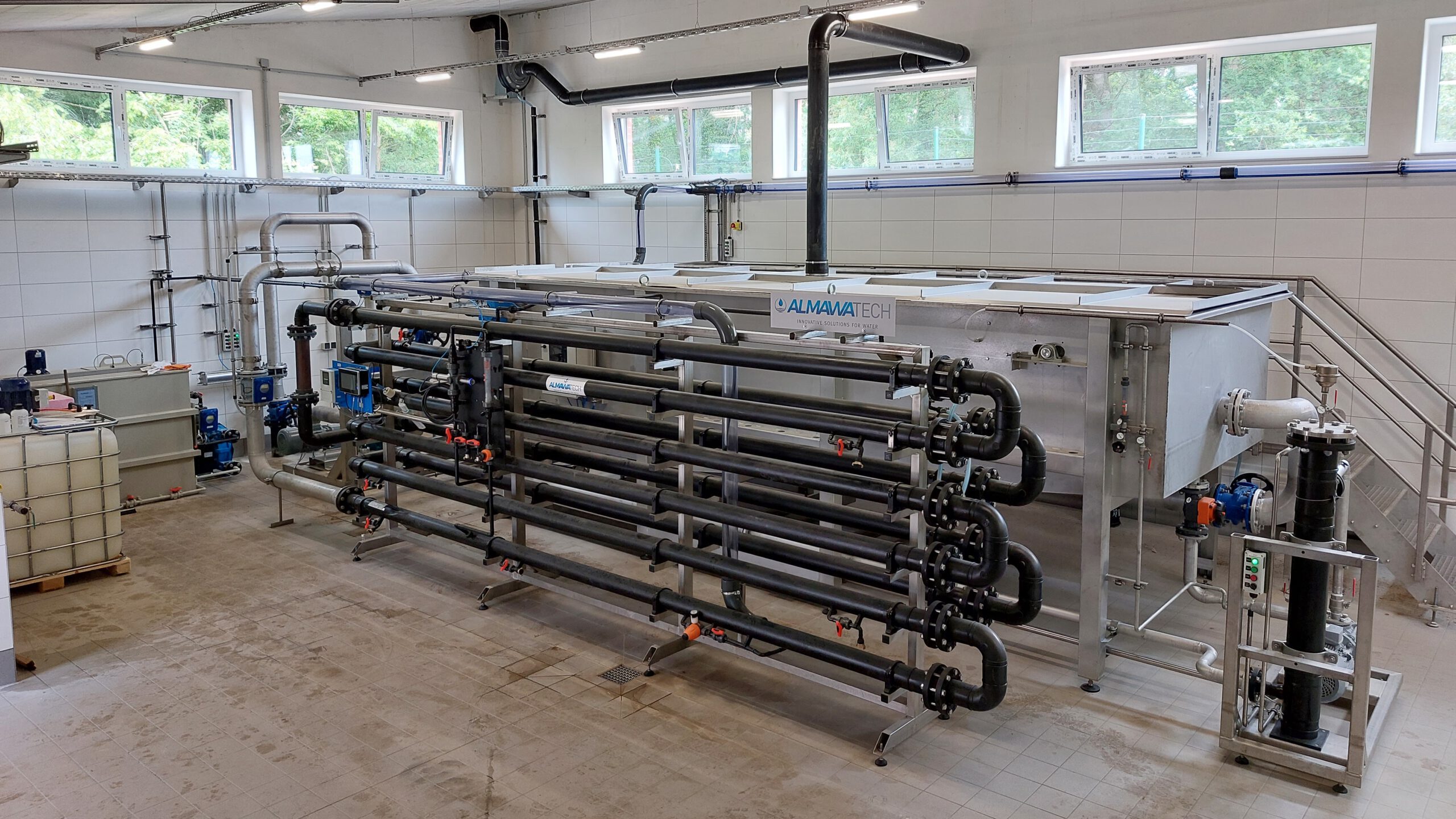
Photo: Our ALMA NeoDAF flotation system with automatic dosing stations
Conclusion
The COD (chemical oxygen demand) is a key parameter for monitoring and controlling the organic load in industrial wastewater. It provides information on the total amount of oxidizable substances in wastewater and serves as an indicator of the efficiency of wastewater treatment. With ALMAWATECH 's innovative plant solutions, industries can reliably reduce the COD in their wastewater and comply with legal limits while optimizing resource consumption and operating costs.




